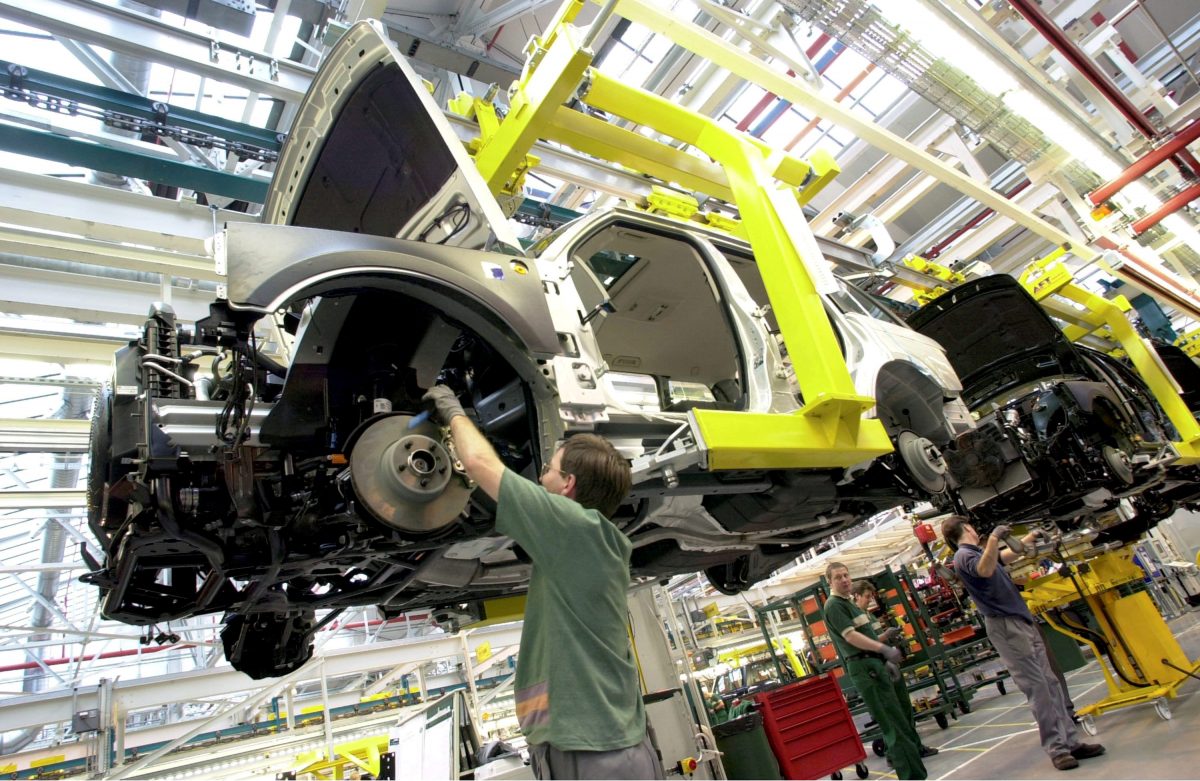The buoyant stock markets may give a different impression, but capital flows as a percentage of global gross domestic product are slowing down. Indeed, total capital flows were 6.9% of GDP in 2017, compared to 21.4% of GDP in 2007, before the financial crisis, Livemint reported.
Listed below are the key takeaways from the data:
1. Foreign direct investment component of capital flows is the most consistent, but even FDI flows have come down in recent years.
2. Bank loan component of capital flows is the most volatile, even more so than equity. Note the huge build-up in cross-border bank lending prior to the financial crisis.
3. All components of capital flows were very strong during the boom years of 2005-07.
4. Note that capital flows have come down in spite of record low interest rates, which should have led to greater appetite for risk assets.
5. There has been a pickup in capital flows in 2017.
The United Nations Conference on Trade and Development World Investment Report says total inflows to developing economies, equivalent to 2.4% of GDP in 2015, rose to 4.8% of GDP in 2017. The increase was driven not by FDI but primarily by debt-related flows: cross-border banking and portfolio debt.
The key message from the numbers is that the period of rapid globalization is coming to an end. There is now increased competition in attracting capital and countries will have to lay out the red carpet to attract investment.
In 2017, the increase in portfolio flows offset the decline in FDI flows. But with global liquidity tightening, portfolio flows may come down in the future. All the more reason to pursue policies that attract FDI, especially for developing countries, UNCTAD said.


